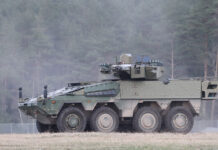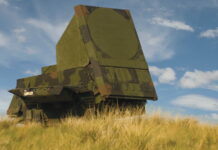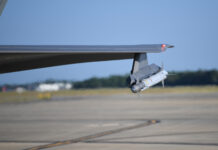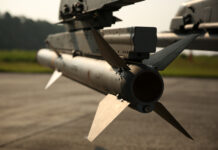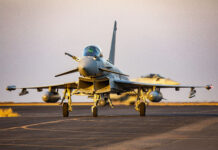European missile house MBDA announced the launch of the Hypersonic Defence Interceptor Study, known as HYDIS2, at the Paris Air Show on 20 June 2023.
The HYDIS2 effort – which involves partner nations France, Italy, Germany and the Netherlands – brings together a consortium of 19 partners and 30 subcontractors in 14 European countries, with MBDA gathering round it national champions of missile defence, from aerospace and defence companies and institutions to niche specialists in both industry and academia.
The work will be conducted under a three-year concept phase study contract worth EUR 80 M from the European Defence Fund (EDF) Work Programme 2023; the company received an invitation to tender for the work in March 2023 and its response, submitted in May, is currently under evaluation.
Under this concept phase study the design of various interceptor concepts will be developed before one is selected and its critical technologies pursued with the support of the four partner nations involved.
The HYDIS2 consortium met at the Paris Air Show on 20 June to prepare short-term actions to launch the project, but MBDA has already been working on a counter-hypersonics initiative called the Aquila project for the last five years. This builds on the company’s expertise with its Aster anti-missile interceptor and its knowledge of hypersonic threat systems already fielded.
Briefing journalists at Le Bourget earlier on 20 June, Lionel Mazenq, Group Head of Programme Incubator at MBDA’s Future Systems Directorate, presented a summary of the threats faced and the challenges ahead in countering them.
Hypersonic weapons – defined as missiles or air vehicles travelling at Mach 5 or above – range from ballistic missiles and manoeuvring re-entry vehicles (MaRVs) to hypersonic glide vehicles (HGVs) and hypersonic cruise missiles (HCMs). While the trajectory of ballistic missiles can be predicted, as can that of MaRVs to a lesser degree, the depressed horizontal or almost horizontal trajectory of HGVs and HCMs means they can substantially remain under the radar horizon until they approach their target. Moreover, the speed and manoeuvrability of MaRVs, HGVs and HCMs makes countering them a particular challenge, since their flight path and target cannot easily be determined in time to intercept them, Mazeng noted.
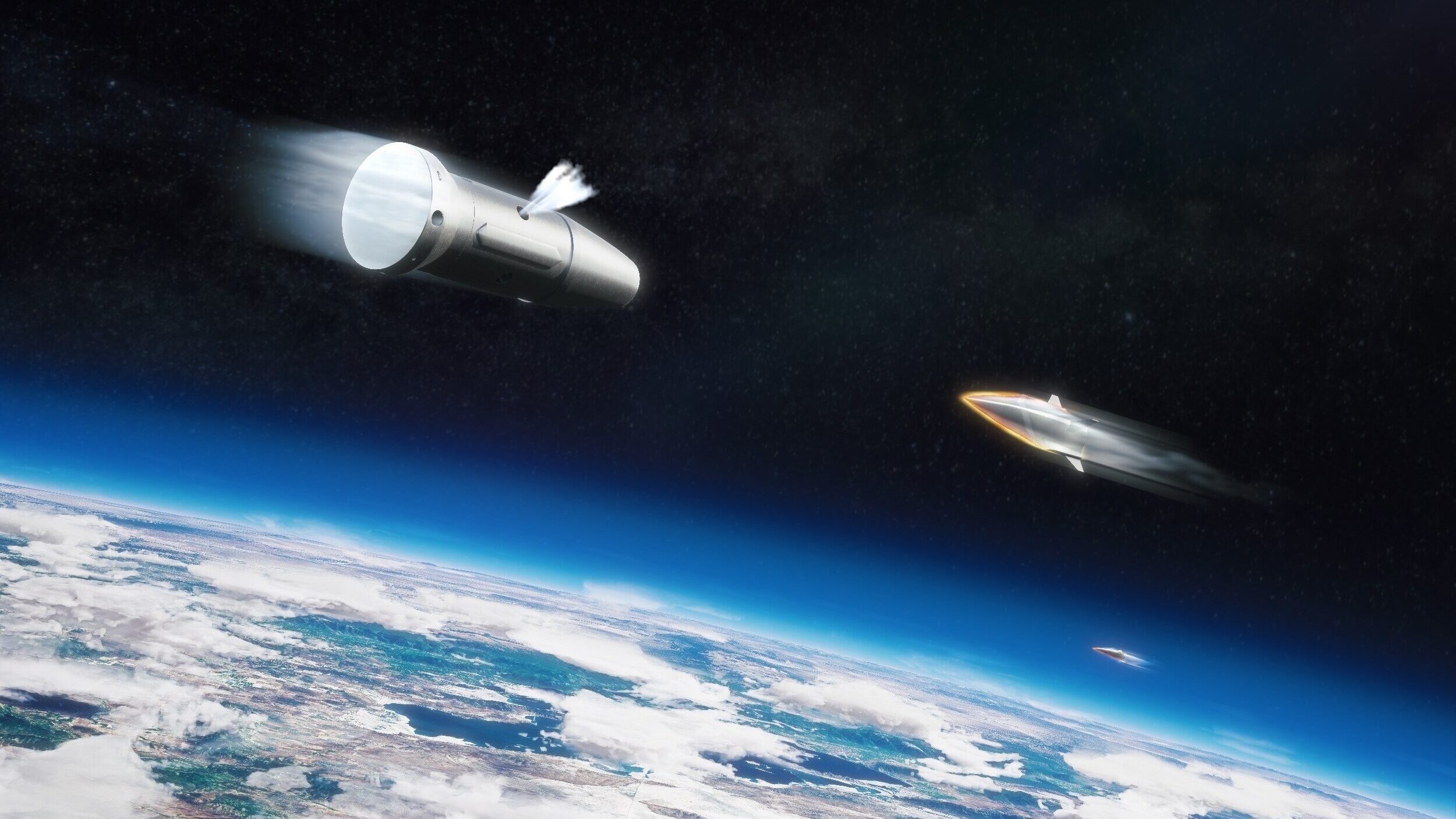
Consequently, intercepting hypersonic weapons, Mazenq explained, requires a missile defence architecture that must be defined according to a global strategy – with distributed sensors for early warning and tracking –while the unpredictability of the terminal phase of manoeuvring hypersonic weapons could require the firing of multiple interceptors.
Mazenq noted that a high-altitude interception is required if a wide area is to be protected, requiring a high-velocity interceptor to delay the firing decision. “The faster you can go,” he said, “the later you can fire.” Engaging the threat at higher altitudes, moreover, requires an interceptor with the ability to manoeuvre in the thin air found at high altitudes and long-range onboard sensors to close with the target in the shortest possible time.
In any case, Mazenq said, a multi-layered defence is essential to protect both individual assets and achieve an area defence capability.
MBDA’s HYDIS2 effort will proceed in parallel with the European Hypersonic Defence Interceptor (EU HYDEF) initiative. An EDF 2021 project approved in July 2022, EU HYDEF is an initiative led by the Spanish Missile Systems (SMS) consortium that also involves Germany’s Diehl Defence. It has been granted EUR 100 M from the EU for a three-year concept study in pursuit of a European system targeting hypersonic threats.
Peter Felstead





